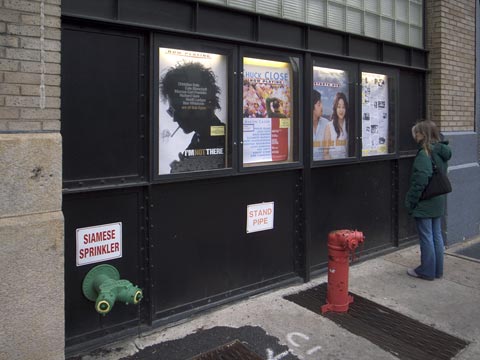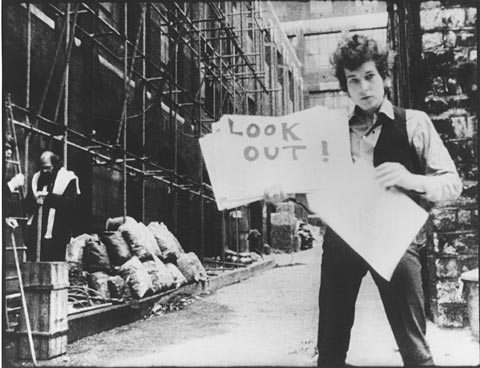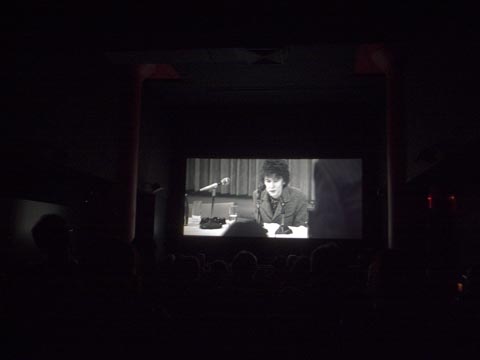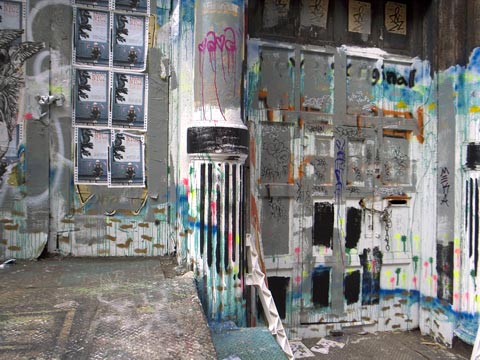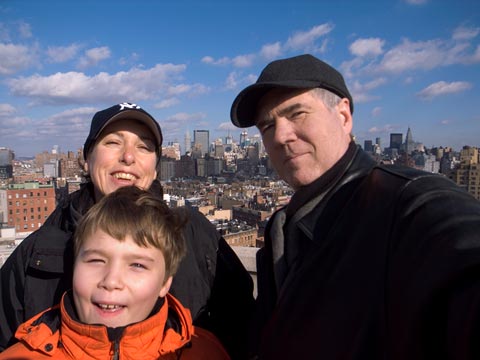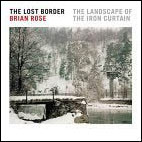New York/LES
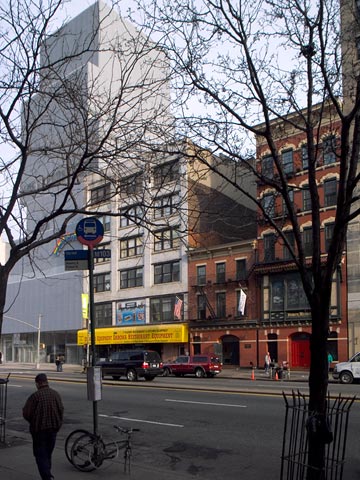
The Bowery Mission and New Museum
Yesterday, the temperature soared into the 60s, so I took the opportunity to do more Lower East Side pictures. I left my apartment/office on Stanton Street and began walking down the Bowery stopping to do a photograph of the Bowery Mission adjacent to the New Museum. There are few facilities ministering to the homeless and addicted left in the neighborhood, but this is one of the oldest, and it continues to provide meals and other services even as the flophouses and bars have vanished.
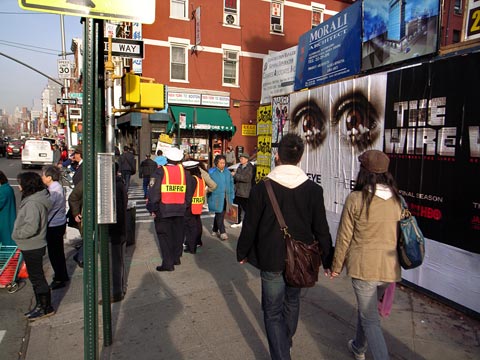
The Bowery and Hester Street
I walked through the lighting district to the south of Delancey/Kenmare Street. There used to be many such unofficial markets in Manhattan--the flower district in the West 20s, the radio district obliterated by the World Trade Center, the restaurant supply area of the Bowery hanging by a thread--but gradually they've been dispersed at a loss to the diversity of the city. At Grand Street, the Bowery has been subsumed into the ever expanding Chinatown, which has grown north and east further into the Lower East Side. On the corner of Hester a large site has been cleared for new construction, a tacky glass tower pictured on a sign on the construction fence. I did a series of shots here with the 4x5 camera.
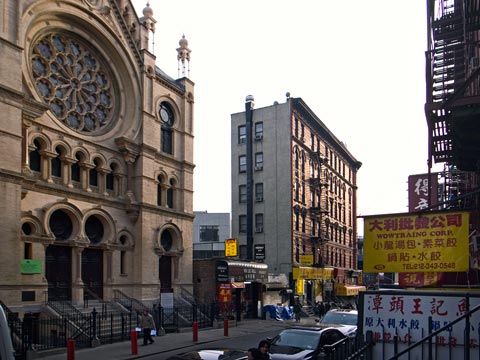
Eldridge Street Synogogue
I then walked east on Hester and then downtown on Eldridge to the Eldridge Street Synogogue that I visited a few weeks ago. The late 19th century structure has been restored and functions now in part as a museum. It is surrounded by the visual cacophany of Chinatown, a scene I've been trying, with mixed success, to get into a photograph. Today, I tried again, timing my arrival for the low winter sun raking just above the nearby Manhattan Bridge. I got up on a rather high stoop of a tenement opposite the synagogue and did two wide views of the synogogue showing adjacent buildings. I also did a photograph looking north through layers of signs with Chinese lettering.
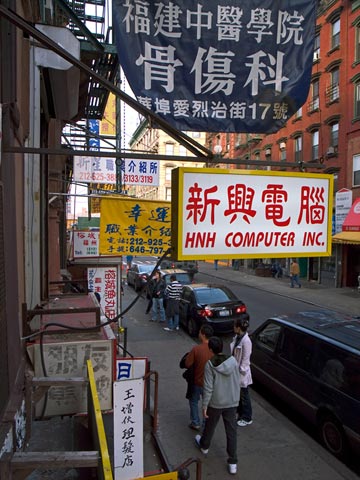
Eldridge Street
A tourist came by holding a Time Out guide gazing up at the building. As we chatted, it struck me how much this scene was an echo of the old Lower East Side when people jammed the streets and sidewalks, commerce of every description was carried out in the open, and when there was a density of sights, noises and smells that filled the senses.
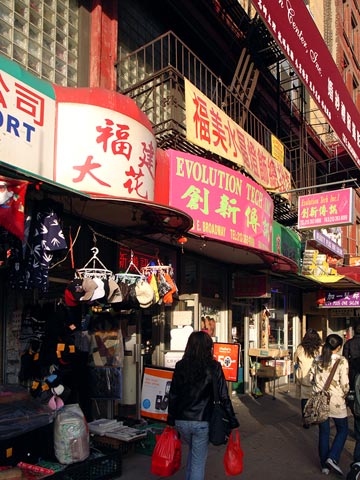
East Broadway and Pike Street
I walked around several blocks in this area photographing various storefronts as the light began to fade. At Canal and Eldridge a large 19th century building was being demolished--another development site.
The project continues. Today I sent out 200 postcards to galleries, museums, and individuals. Book? Exhibit? Website for now.
